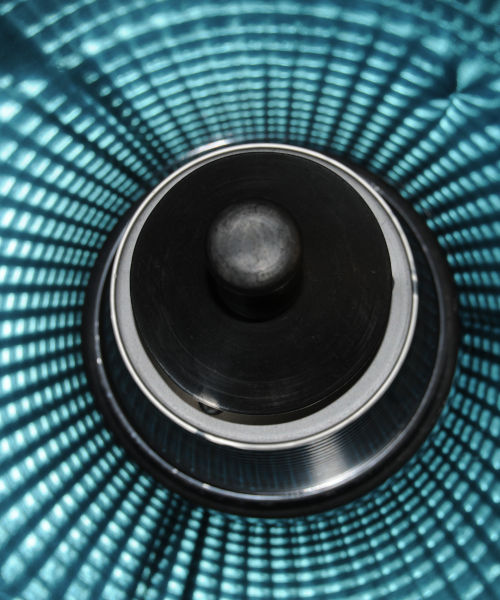Homogeneous perfusion of the body and especially the brain with cryoprotectant solutions at target concentration is essential for preventing ice formation and attaining optimal cryopreservation quality. Using CT and/or MRT imaging solutions, it is possible to analyze in fine detail the success of the cryopreservation procedure. This feedback is of great importance in validating and continually optimizing cryopreservation protocols, in particular cooling methods and temperature and pressure ramps.




